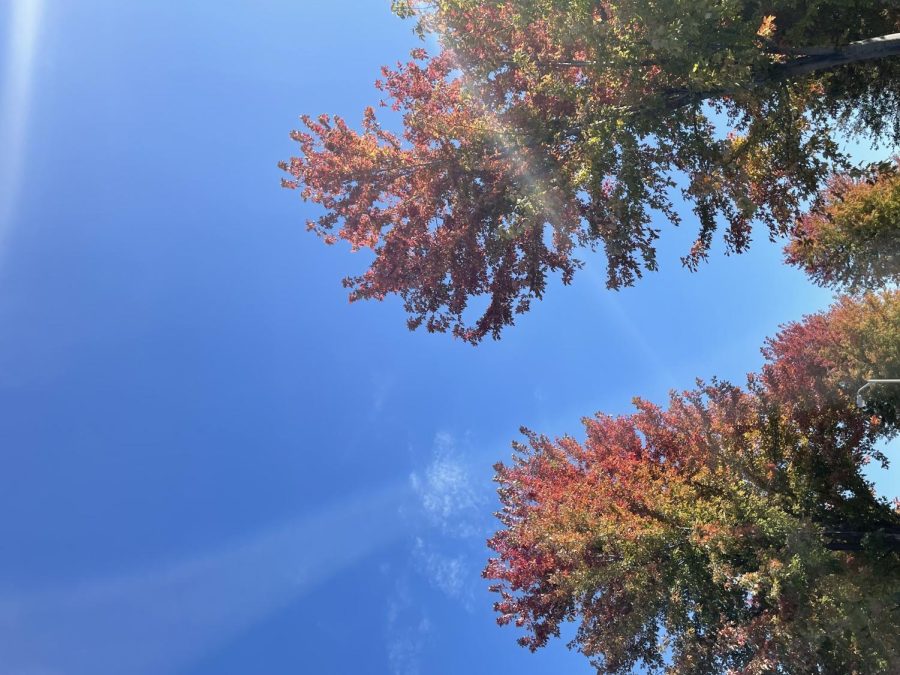Global warming in South Dakota: the hot topic
Although people may not expect climate to be relevant in South Dakota, it is.
October 21, 2021
When thinking of global warming, it is not uncommon to come to the assumption that our state, South Dakota, is relatively safe from the extreme effects of climate change compared to other areas of the world. But, despite common belief, it is actually the opposite. While we are landlocked and miles away from the nearest shoreline, global warming and its devastating effects are a rising threat to the place we call home.
A 2021 study by Policygenius highlighted the best and worst state’s preparedness and potential for climate change, by creating a climate change index. The analysis took droughts, extreme heat, wildfires and climate change preparedness into consideration. Michigan, the safest state, was given a score of 71.4 on the index, while Florida was ranked the least safe, with a score of 21.8. South Dakota, however, was given a score of 41.1, landing near the lower end of the scale. When looking at this data, one prominent question remains: how can climate change be such a risk in our middle-of-nowhere state, and why aren’t we more aware of it?
The amount of water that flows through the Mississippi river before or during a drought determines hydropower production. Hydropower production itself accounts for almost 40% of all energy produced within South Dakota. This entails that droughts are more likely to become more severe in downstream states as the water flows down the river. When droughts lower water levels enough to impair navigation, the U.S. Army Corps of Engineers releases water from the upstream dams, making less water available to South Dakota as a whole.
Due to the warmer conditions in the air because of greenhouse gases, more water vapor is increasingly susceptible. All of this means that more water can be released in a storm. Over the next several decades heavy downpours will begin to account for a large fraction of all precipitation and because of this, larger river flows and more intense rainstorms would increase the risk of flooding across the state.
The warmer temperatures and conditions that come with global warming make for longer growing seasons and an increase of carbon dioxide released. These warmer conditions make forests more susceptible to pests, such as bark beetles. Bark beetles have infested and killed trees in the Black Hills for around 100 years, killing thousands of trees each year. With these higher temperatures, pests like bark beetles can survive year-round and new pests and diseases have the possibility to become established.
South Dakota is a state rich in agriculture, nature and wildlife. With the harmful changes and effects of climate change right around the corner, it is important to become informed and do one’s own part in protecting our earth. One can help do their part by simply cutting down consumption and waste, limiting wasteful water use and of course, recycling. Taking these steps to cut carbon emissions will have a positive effect on local issues like public health, improving air quality and the world we live in for generations to come.








